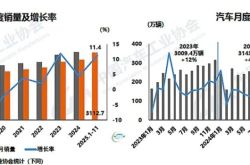South American Auto Market | Chile in February: Surge of Chinese Brands Amidst Sluggish Sales
![]() 03/24 2025
03/24 2025
![]() 459
459
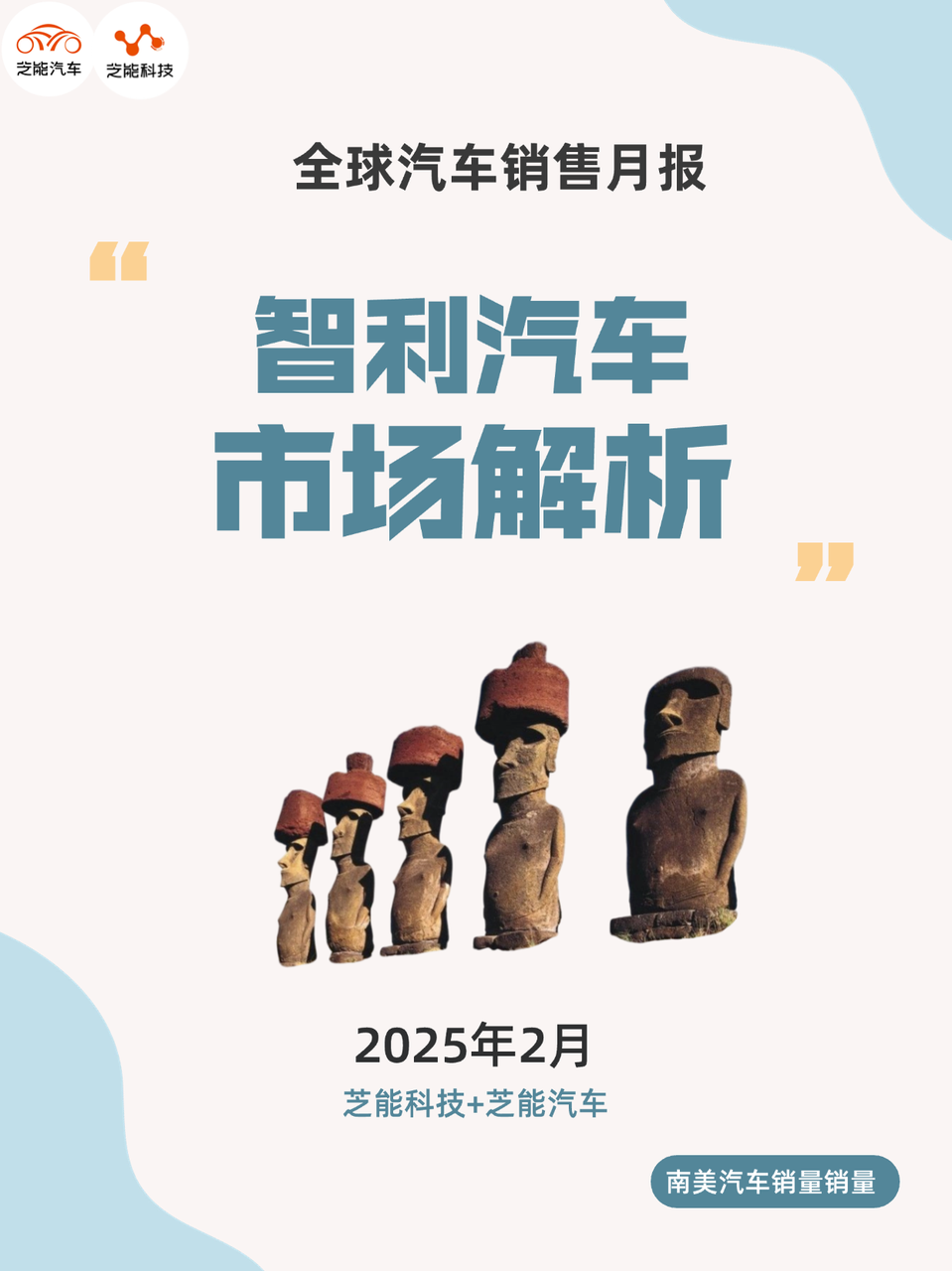
Chile's new light vehicle market witnessed a notable decline in February 2024, with sales plummeting 6.3% year-on-year to 21,044 units, marking the lowest February sales since 2015.
Year-to-date sales totaled 46,878 units, down 1.4% from the previous year, indicating a sustained downturn in market demand.
Despite the overall market's poor performance, Suzuki stood out with an 8.5% market share, reinforcing its top position, while Chinese brands collectively captured 29.7% of the market, showcasing their robust competitiveness.
We will delve into the current state and trends of the Chilean market from three perspectives: sales overview, brand performance, and model competition.
01
Sales Overview of Chile's New Light Vehicle Market
● Chile's new light vehicle market experienced a significant sales decline in February 2024, with total sales falling 6.3% year-on-year to 21,044 units. This marked the second consecutive decline in the past eight months and the weakest February performance since 2015.
● Year-to-date sales reached 46,878 units, down 1.4% year-on-year, entering negative growth territory, reflecting the market's overall weak demand.
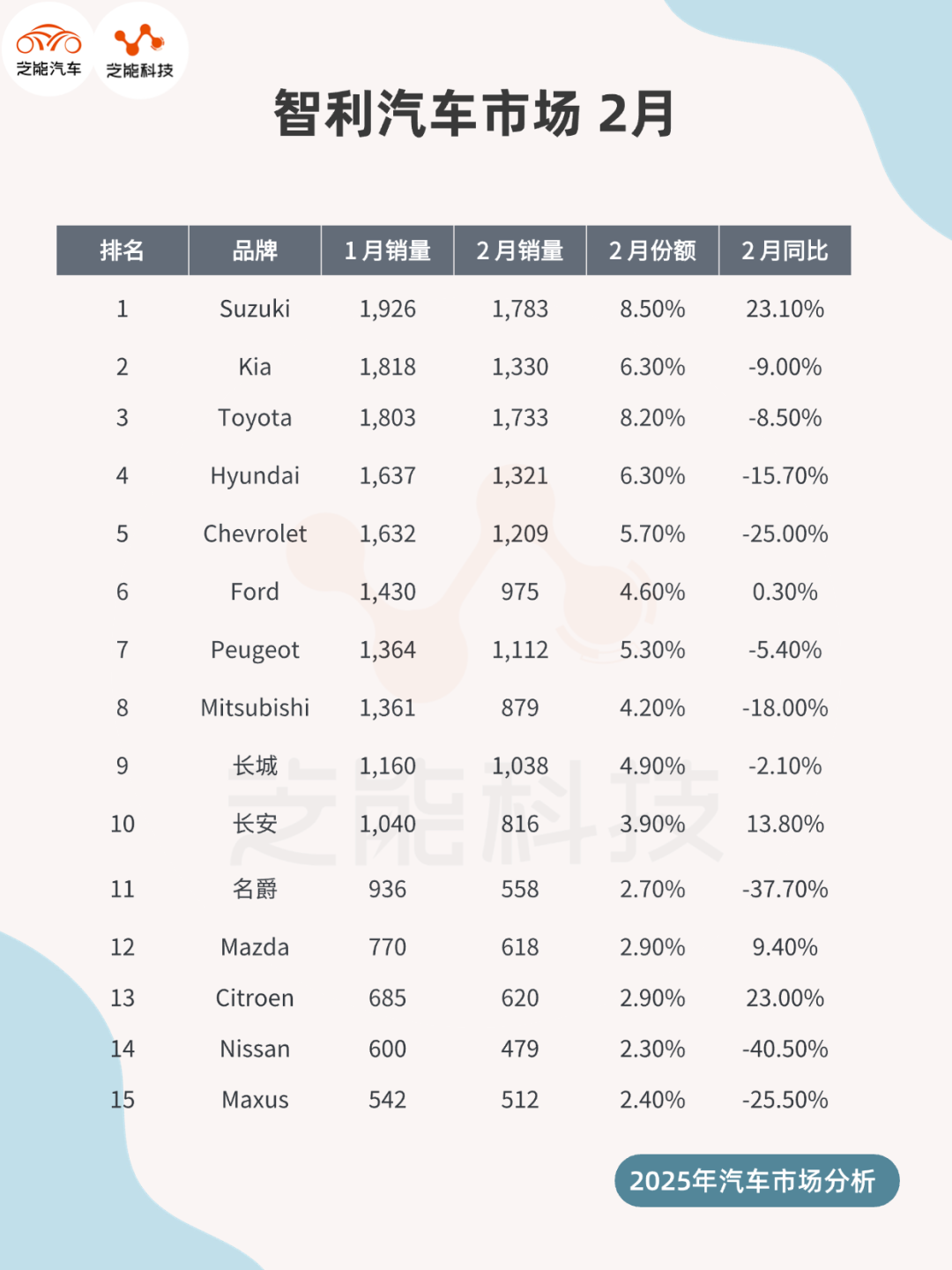
● Brand Competition:
◎ Suzuki led the pack with an 8.5% market share, selling 1,783 units in February, up 23.1% year-on-year, emerging as a beacon amidst the market downturn.
◎ Toyota ranked second with an 8.2% share, selling 1,733 units but down 8.5% year-on-year.
◎ Kia came in third with a 6.3% share, selling 1,330 units, down 9% year-on-year.
◎ Hyundai followed in fourth place with a 6.3% share, selling 1,321 units, down 15.7% year-on-year.
◎ Chevrolet performed even weaker, ranking fifth with a 5.7% share, selling 1,209 units, down 25% year-on-year.
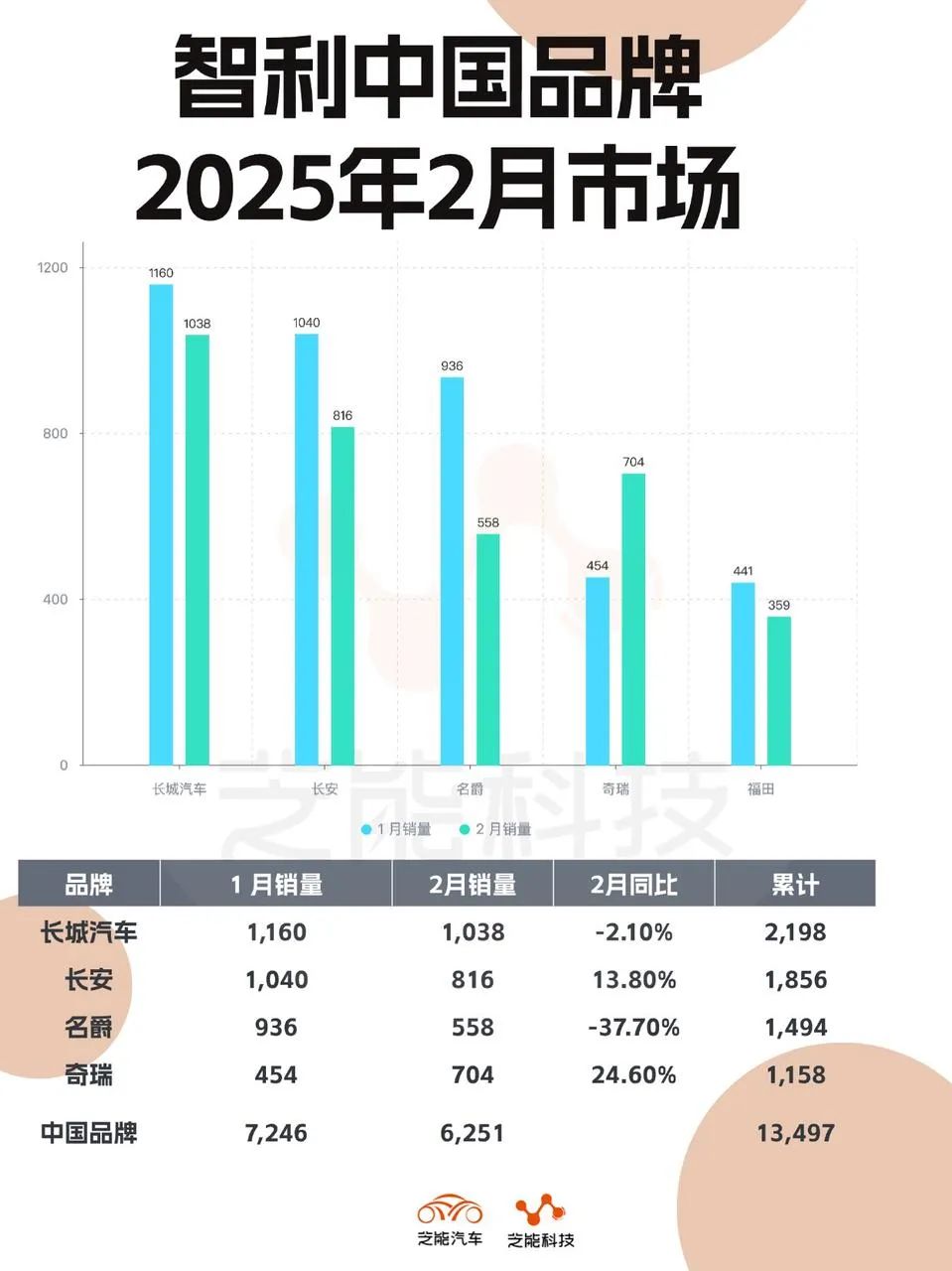
● Chinese brands' performance in the Chilean market was particularly noteworthy, with a collective market share of 29.7% in February and 28.8% year-to-date, demonstrating their resilience and growth potential despite challenging circumstances.
◎ Great Wall Motors: Ranked seventh with a 4.9% market share, selling 1,038 units in February, down 2.1% year-on-year, leading among Chinese brands. Year-to-date sales totaled 2,198 units, solidifying its market position.
◎ Chery: Grew 24.6% year-on-year, selling 704 units in February and 1,158 units year-to-date, showcasing a strong upward trend.
◎ Changan: Grew 13.8% year-on-year, selling 816 units in February and 1,856 units year-to-date, demonstrating stable growth.
Other Chinese Brands:
◎ MG sold 558 units in February, down 37.7% year-on-year, with cumulative sales of 1,494 units.
◎ Foton sold 359 units, down 7% year-on-year, with cumulative sales of 800 units.
◎ JAC sold 386 units, down 6.5% year-on-year, with cumulative sales of 703 units.
Despite declines in sales for some brands, Chinese brands collectively still accounted for nearly 30% of the market share, highlighting their deep roots and competitiveness in the Chilean market.
02
Analysis of Model Sales and Competitive Landscape
Chile's new light vehicle market exhibited a highly fragmented model landscape, with individual models holding low market shares, reflecting the diversity of consumer demand.
● Here are the sales figures for major models in February:
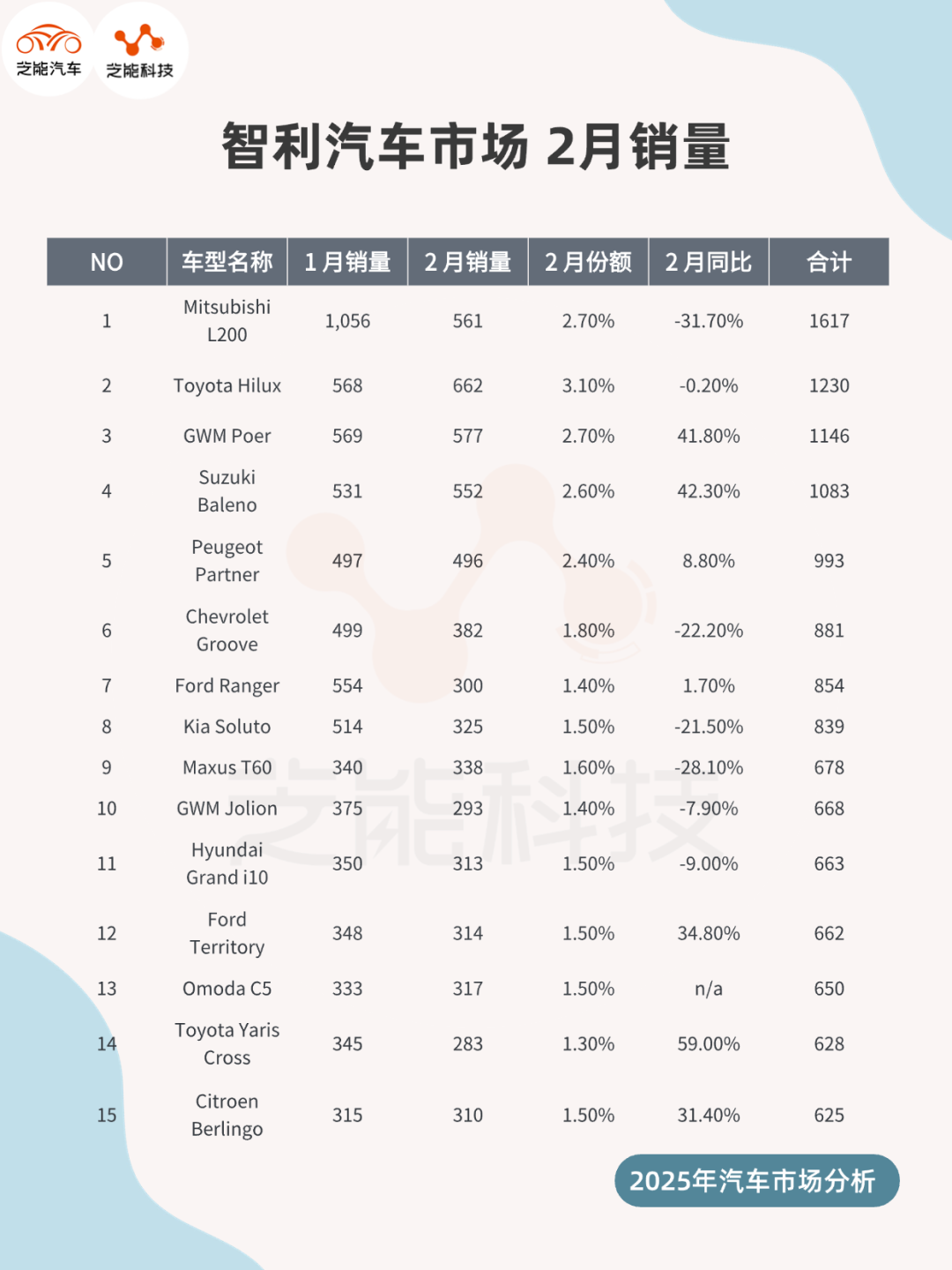
◎ Toyota Hilux: Ranked first with a 3.1% share, selling 662 units in February, down 0.2% year-on-year, with cumulative sales of 1,230 units, topping the charts three times in the past four months.
◎ Great Wall Poer: Ranked second with a 2.7% share, selling 577 units in February, up 41.8% year-on-year, with cumulative sales of 1,146 units, demonstrating strong competitiveness in the pickup segment.
◎ Chery Tiggo 2 Pro Max: Ranked third (specific sales figures not provided), but surged 21 positions from January, showcasing the potential of the SUV market.
◎ Mitsubishi L200: Ranked fourth with a 2.7% share, selling 561 units in February, down 31.7% year-on-year, but with cumulative sales of 1,617 units, maintaining the top spot year-to-date.
◎ Suzuki Baleno: Ranked fifth with a 2.6% share, selling 552 units in February, up 42.3% year-on-year, with cumulative sales of 1,083 units, significantly contributing to Suzuki's success.
● From the model sales data,
Chile's market competitive landscape is characterized by diversity and fragmentation.
◎ Traditional brands such as Toyota, Mitsubishi, and Suzuki occupy pivotal positions with star models like Hilux, L200, and Baleno.
◎ However, Chinese brands Great Wall Poer and Chery Tiggo 2 Pro Max have emerged as rising stars, performing impressively in the pickup and SUV segments, respectively.
This trend suggests that Chinese brands are gradually eroding the market share of traditional brands through cost-effective and targeted product strategies.
● The market's fragmentation also mirrors the diversity of consumer preferences.
◎ Pickups (such as Hilux, Poer, L200) hold a significant position in the Chilean market, possibly due to local geography and vehicle usage needs.
◎ The rise of SUVs (like Tiggo 2 Pro Max) and small cars (like Baleno) reflects varying choices among urban consumers. Intensifying competition is prompting brands to compete comprehensively in product positioning, pricing strategies, and after-sales services.
As Chinese brands continue to expand their market share, the competitive landscape in the Chilean market may be further reshaped. Traditional brands must consolidate their positions through technological innovation or localization strategies, while Chinese brands have the opportunity to capture more market segments with their cost advantages and rapid iteration capabilities.
Summary
Chile's auto market experienced a significant sales decline in February 2024, with overall weak demand posing a major challenge. Chinese brands, with nearly 30% of the market share and stellar performances across multiple models, have demonstrated strong adaptability and growth potential.
The rise of brands like Great Wall, Chery, and Changan has altered the competitive landscape in the Chilean market, providing a successful example for the globalization of China's auto industry.





